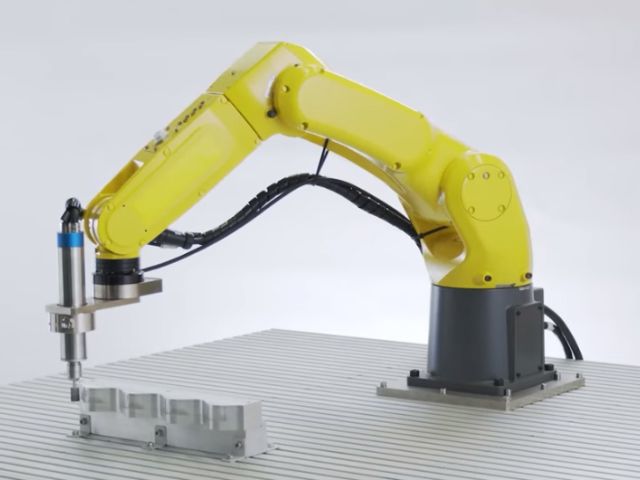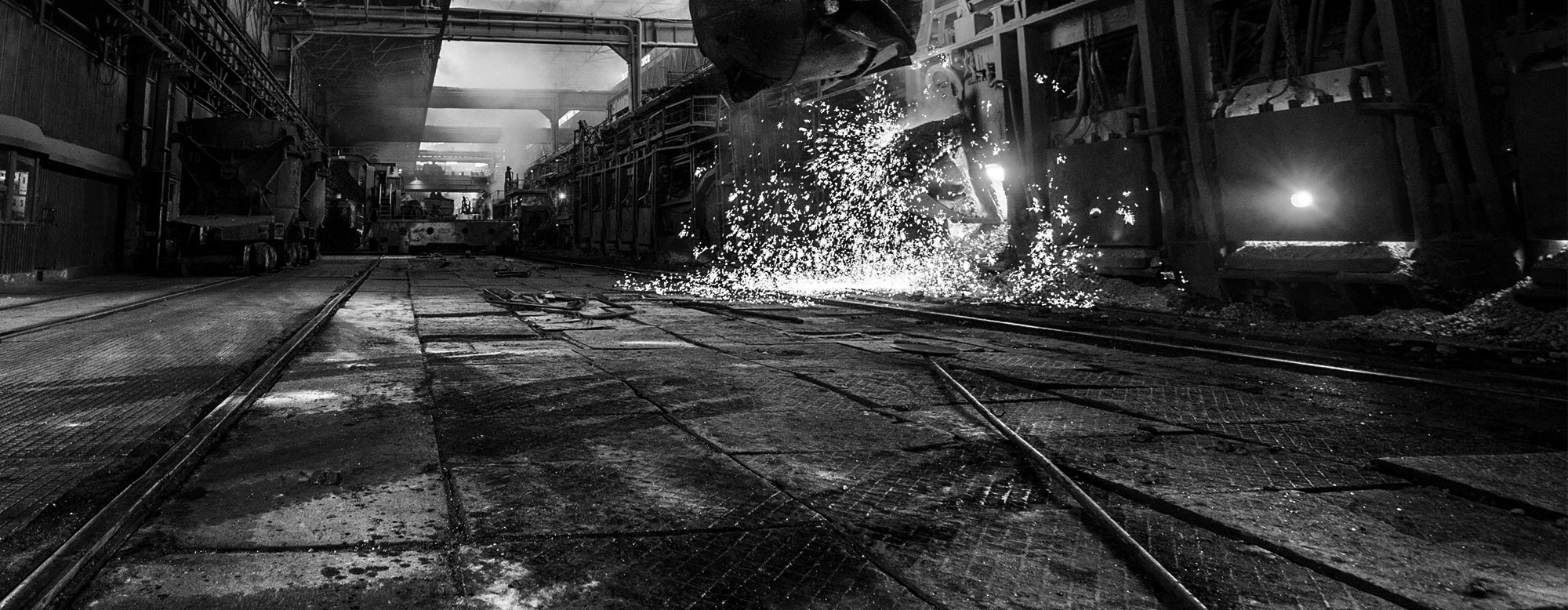How Robotics Solves Common Manufacturing Problems

The advent of robotics in the manufacturing sector has revolutionized how we think about production. By introducing automation and precision, robotics addresses several longstanding challenges that have plagued the industry. Integrating robotics into manufacturing processes opens new avenues for innovation and productivity from enhancing efficiency to ensuring safety. Here’s how robotics solves common manufacturing problems.
Increasing Production Efficiency
One of the most significant advantages of robotics in manufacturing is the substantial increase in production efficiency. Robots can operate 24/7 without needing breaks, vacations, or shift changes, dramatically boosting output levels. Moreover, their ability to perform tasks with consistent speed and precision reduces the likelihood of errors, minimizing waste and rework. This relentless pace and accuracy ensure that manufacturing lines can meet demand spikes and tight deadlines, making the entire production process more efficient.
Enhancing Precision and Quality Control
Precision is paramount in manufacturing, where even minor deviations can lead to product defects and significant losses. Robotics technology excels in tasks that require high precision, such as assembling small or intricate parts. Robots can repeat the same task with exacting accuracy, reducing the variability seen with human operators. This consistency ensures that every product meets quality standards, enhancing overall customer satisfaction and reducing the cost associated with quality control and product recalls.
Improving Worker Safety
Manufacturing environments can be hazardous, with risks ranging from repetitive strain injuries to accidents involving heavy machinery. Robotics can take over dangerous or monotonous tasks, reducing human exposure to potential injuries. Robots are capable of handling heavy loads, working in hazardous conditions, and performing repetitive tasks, thereby minimizing the risk of workplace accidents and improving overall safety standards. This protects workers and reduces downtime and liability costs for manufacturers.
Streamlining Supply Chain and Logistics
In supply chain and logistics, robotics streamlines operations by automating warehousing, material handling, and shipping tasks. This automation leads to faster turnaround times, reduced errors in order picking, and optimized inventory management. By integrating robotics into their industrial manufacturing services, companies can achieve a seamless flow of goods from production to delivery, enhancing customer satisfaction through timely and accurate order fulfillment.
Now that you know how robotics solves common manufacturing problems, it’s clear that integrating this technology is not just a leap toward innovation but a stride toward solving age-old challenges. Robotics enhances efficiency, precision, and safety and addresses labor shortages, all while streamlining supply chain operations.
